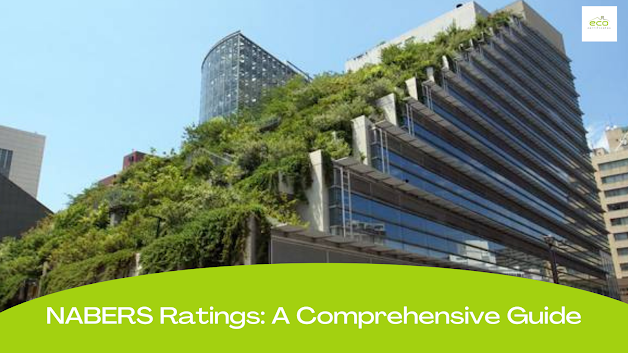What Is NABERS Rating System? How Useful It For Commercial Buildings?
.png)
The commercial building sector contributes to a considerable economic and environmental impact within a nation. Therefore, the Australian government introduced NABERS Rating to support sustainable developments in the commercial sector. The NABERS star rating has helped developers, project owners, managers and commercial space tenants throughout the Australian subcontinent to understand the ecological impact of a building so that they can enhance their sustainability performance, enjoy financial savings and improve brand reputation in the building industry. So What Exactly Is NABERS? National Australian Built Environment Rating System, commonly known in the construction industry as NABERS, is a national sustainability rating system that evaluates buildings, tenancy and overall structure's environmental performance. The NABERS Energy rating is managed across the country by the NSW Office of Environment And Heritage. A NABERS star rating indicates how well a building is construct









